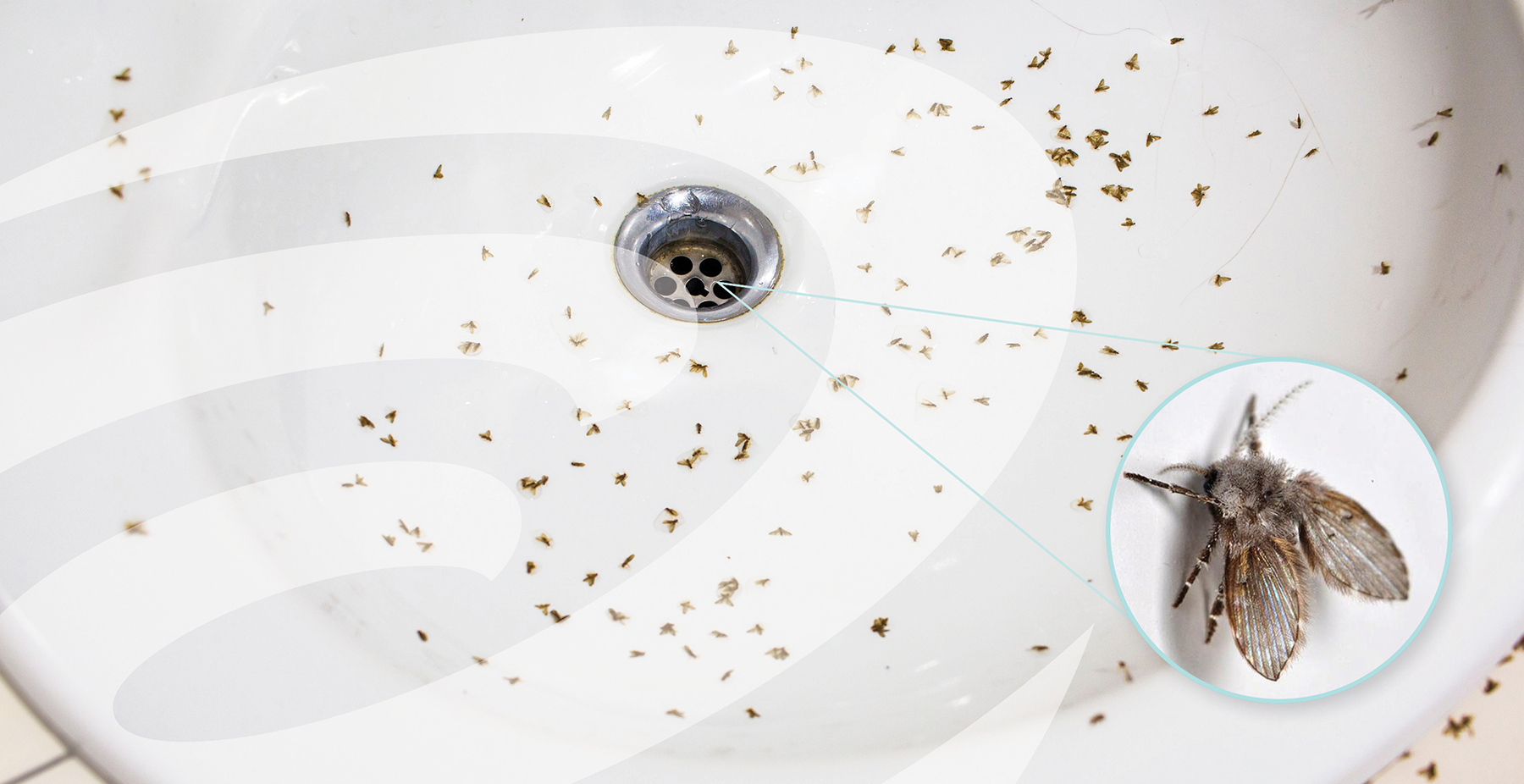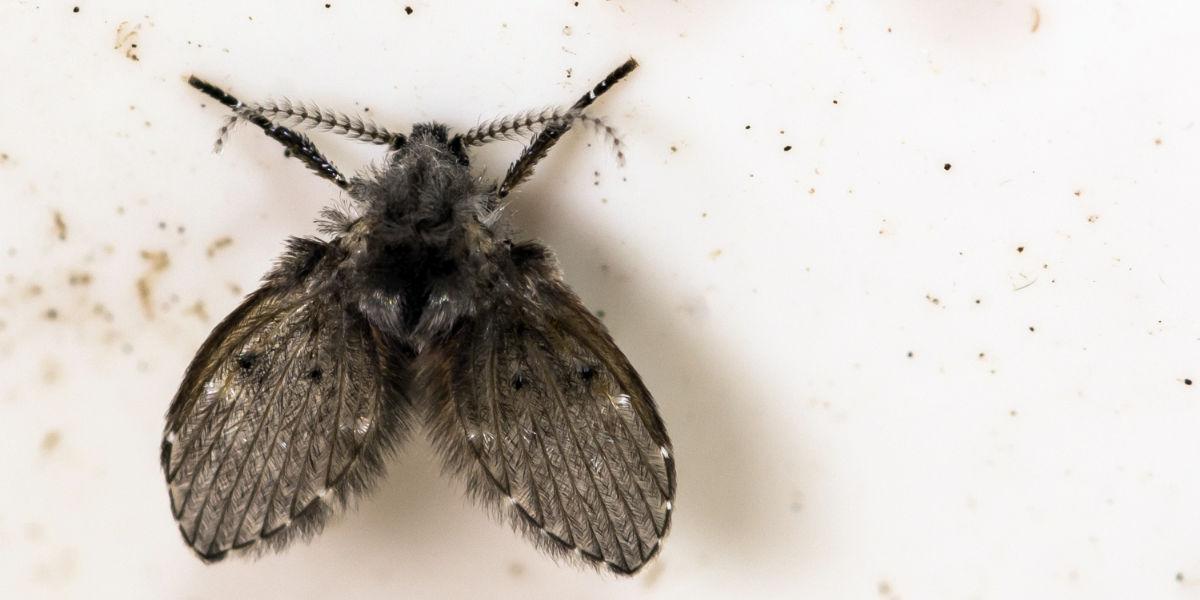Sources of Small Flies in Bathroom Walls

The presence of small flies in bathroom walls can be a nuisance and may indicate underlying issues with moisture, organic matter accumulation, or structural defects.
Tiny flies buzzed around the bathroom walls, their presence a constant annoyance. I longed for a time when these pests would vanish, replaced by the beauty of Victorian bathroom wall pictures. Such pictures would depict scenes of idyllic bathing rituals, where elegant ladies soaked in ornate tubs amidst lavish surroundings.
Their presence would transform the bathroom into a sanctuary, a far cry from the current infestation of flies.
Several factors contribute to small fly infestations in bathroom walls:
Moisture Issues
- Bathrooms are typically humid environments due to frequent water use. Excess moisture can seep into walls, creating a conducive environment for flies to breed and thrive.
- Leaks or faulty plumbing fixtures can exacerbate moisture problems, providing a constant source of water for flies.
Organic Matter Buildup
- Bathrooms often accumulate organic matter, such as hair, soap scum, and food particles, which can attract flies.
- Improper ventilation can trap moisture and organic matter, creating an ideal breeding ground for flies.
Structural Defects
- Cracks or holes in walls can provide entry points for flies and allow them to nest within the walls.
- Poorly sealed gaps around pipes or fixtures can create hiding places for flies and facilitate their movement through the walls.
Types of Small Flies in Bathroom Walls
Various types of small flies may infest bathroom walls, including:
- Fruit flies: Attracted to decaying organic matter, such as fruit or vegetable peels, and breed in moist environments.
- Drain flies: Thrive in moist areas near drains and feed on organic matter in drainpipes.
- Fungus gnats: Prefer damp soil or decaying plant matter, and may be found in bathrooms with potted plants or excessive moisture.
Prevention and Control Measures: Small Flies In Bathroom Walls

Maintaining a clean and dry bathroom environment is crucial for preventing and controlling small fly infestations in bathroom walls. By addressing moisture problems, removing organic matter, and sealing entry points, you can significantly reduce the likelihood of these pests becoming a nuisance.
If an infestation does occur, various control measures can be employed, including chemical treatments, traps, and natural remedies. The choice of method depends on the severity of the infestation and personal preferences.
Moisture Control
- Identify and repair any leaks or moisture sources, such as faulty pipes, faucets, or showerheads.
- Install a bathroom exhaust fan or open windows to ensure proper ventilation and reduce humidity.
- Use a dehumidifier to remove excess moisture from the air.
Organic Matter Removal
- Clean and disinfect bathroom surfaces regularly to remove food debris, hair, and other organic matter that attracts flies.
- Empty trash cans frequently and keep them covered to prevent flies from accessing waste.
- Store pet food and other organic materials in sealed containers.
Sealing Entry Points
- Inspect bathroom walls and ceilings for cracks or holes and seal them with caulk or expanding foam.
- Install screens on windows and doors to prevent flies from entering from outside.
- Use weatherstripping around doors and windows to create a tight seal.
Chemical Treatments
- Insecticides containing pyrethroids or organophosphates can be used to kill flies on contact.
- Residual insecticides, such as boric acid or diatomaceous earth, can be applied to areas where flies are likely to land.
- Foggers or bombs can be used to treat large areas with a high concentration of insecticide.
Traps, Small flies in bathroom walls
- Sticky traps can be placed near fly breeding areas to capture and kill them.
- Electric fly traps use ultraviolet light to attract and electrocute flies.
- Fruit fly traps, baited with a sweet liquid, can be effective in capturing small flies.
Natural Remedies
- Apple cider vinegar traps: Fill a small bowl with apple cider vinegar and cover it with plastic wrap. Poke small holes in the plastic wrap to allow flies to enter and become trapped.
- Essential oils: Flies dislike the smell of certain essential oils, such as peppermint, lavender, and tea tree oil. Diffuse these oils or apply them to cotton balls and place them around the bathroom.
- Flypaper: Traditional flypaper can be hung in areas where flies are prevalent.
Health and Safety Concerns

Infestations of small flies in bathroom walls can pose various health and safety risks. These flies can carry and transmit pathogens, which may cause allergic reactions, respiratory irritation, and even disease transmission.
To minimize these risks, it is crucial to maintain proper cleaning and disinfection practices. Regularly clean bathroom surfaces, including walls, floors, and fixtures, using disinfectants to eliminate any potential breeding grounds for flies.
Disease Transmission
- Small flies can carry and transmit various disease-causing pathogens, including bacteria, viruses, and parasites.
- These pathogens can be transmitted through contact with contaminated surfaces or through the air when flies are disturbed.
- Common diseases associated with small fly infestations include salmonella, E. coli, and shigella.
Allergic Reactions
- Small flies can trigger allergic reactions in some individuals, particularly those with allergies to insect saliva or feces.
- Symptoms of allergic reactions can range from mild skin irritation to more severe respiratory problems.
- To prevent allergic reactions, it is important to control fly infestations and minimize exposure to potential allergens.
Respiratory Irritation
- Small flies can contribute to respiratory irritation, especially in individuals with asthma or other respiratory conditions.
- Fly feces and other debris can irritate the airways and trigger coughing, sneezing, and difficulty breathing.
- Proper ventilation and regular cleaning can help reduce respiratory irritation caused by small fly infestations.
The persistent presence of small flies in bathroom walls can be a pesky annoyance. If you’re looking to revamp your bathroom decor, consider installing a matte black wall sconce to add a touch of elegance while also deterring these tiny intruders.
The sleek black finish and minimalist design of the sconce can create a sophisticated ambiance, while its downward-facing light helps eliminate dark corners that attract flies.